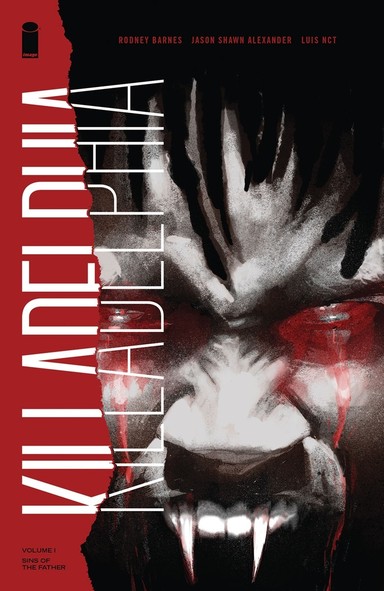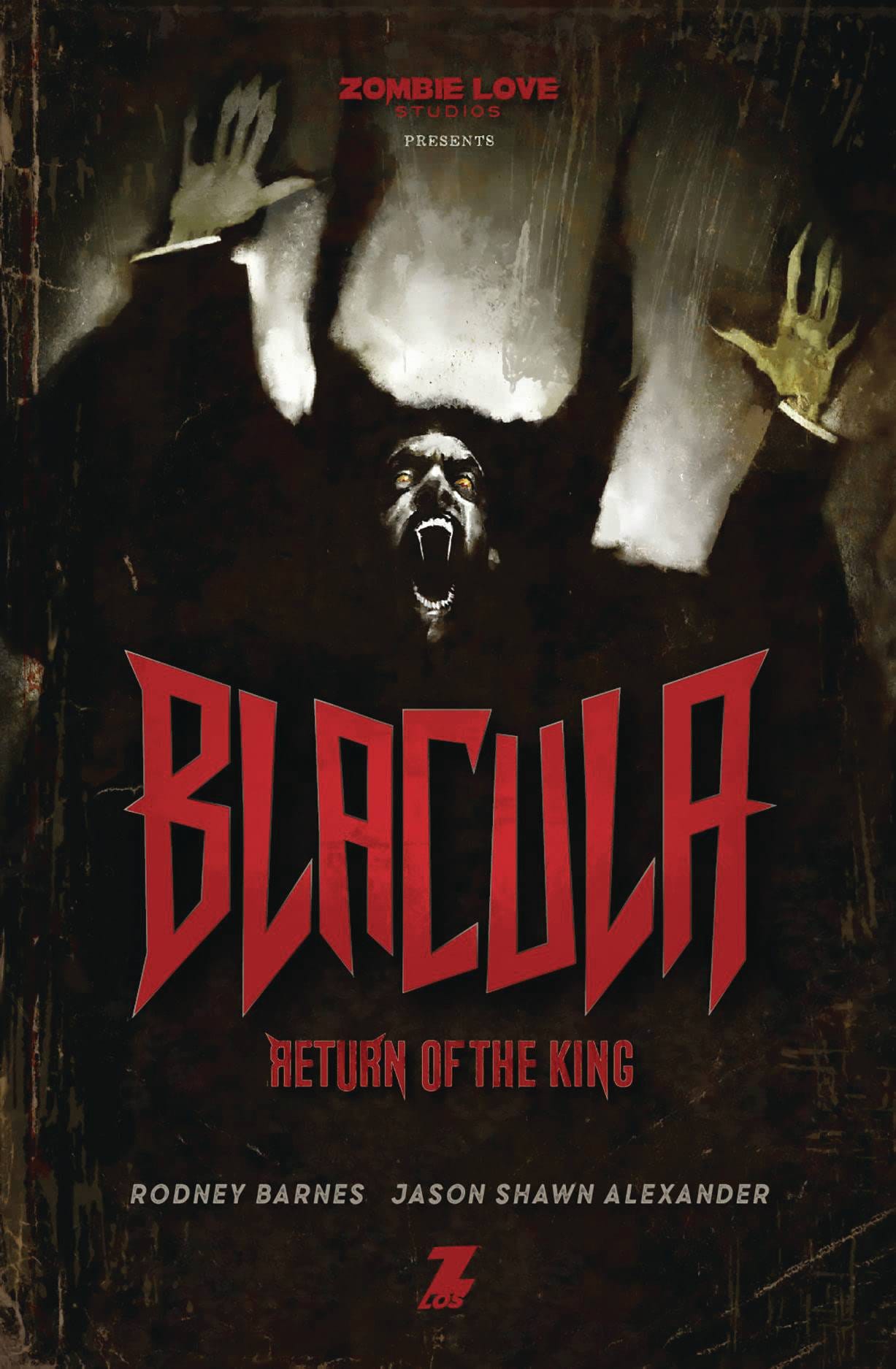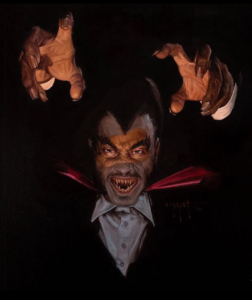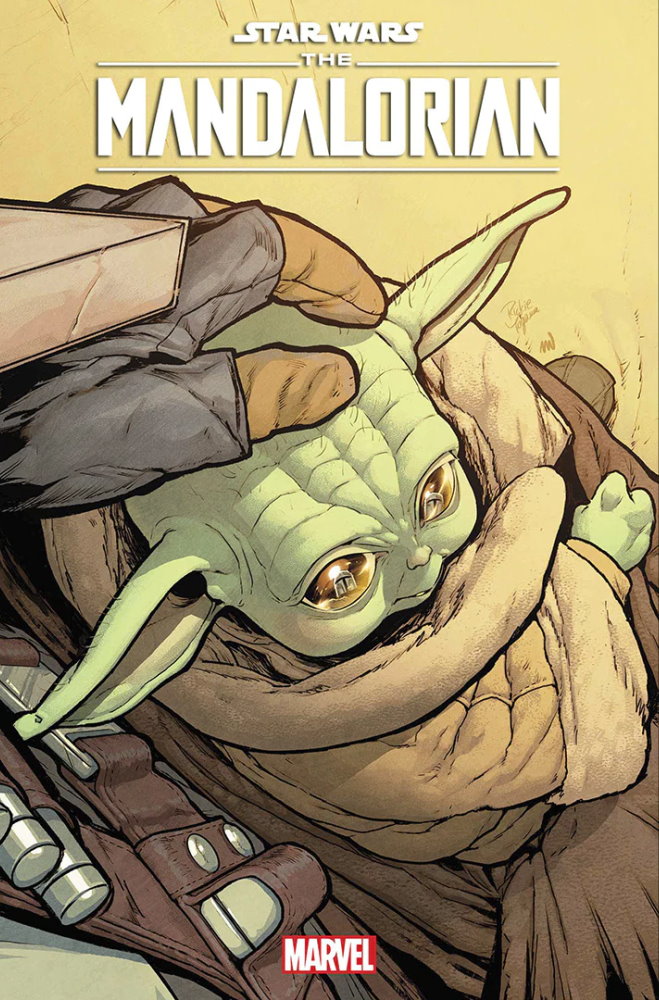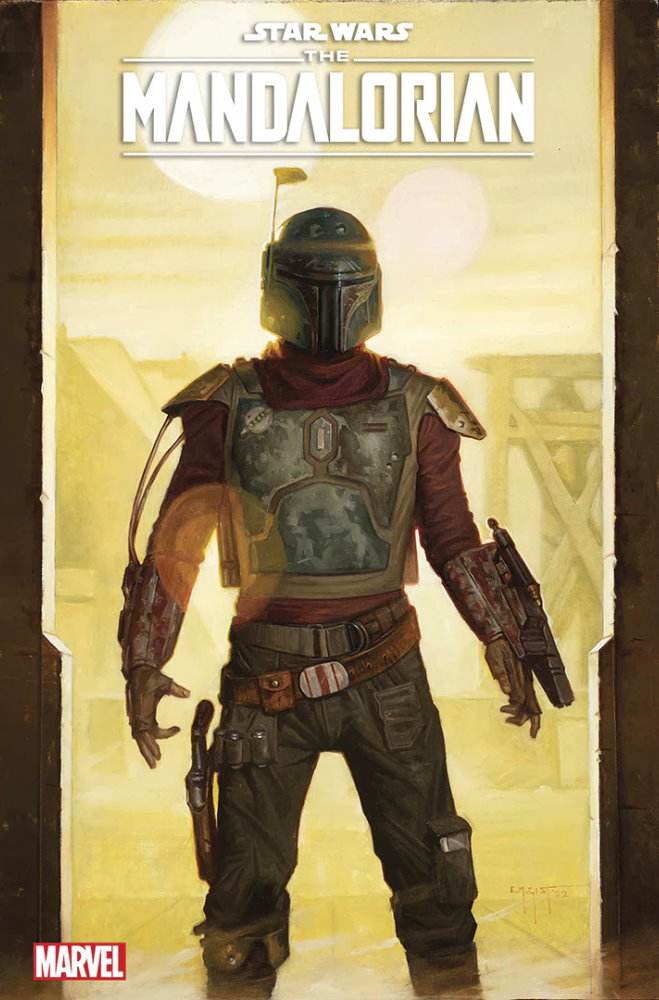/cloudfront-us-east-1.images.arcpublishing.com/pmn/SX7TB7KVHZBSTGVBNJETKD7WT4.png)
The horror comic, Killadelphia, uses the vampire genre to explore the sins of American politics and abandonment of inner-city neighborhoods.
Rodney Barnes’ horror comic, Killadelphia, reads like the Philly version of The Wire, except with undead Founding Fathers drenching the streets with blood.
The story begins when a small-town cop comes home to Philly to bury his estranged father, a homicide detective killed on the job. Amid the crushing violence, poverty, and corruption, the young officer discovers that something uniquely sinister preys on his hometown: John Adams, the second president of the United States, never actually died. Instead, the shambling corpse of our oft-overlooked Founding Father has been amassing a vampire army.
What follows is a history geek’s Armageddon, with first lady Abigail Adams and Thomas Jefferson — also both undead — jumping into the fray (John Adams eventually sees the light).
Beautifully illustrated by cocreator Jason Shawn Alexander — and praised by Chris Rock, Snoop Dogg, and Jordan Peele — Killadelphia uses the vampire genre to explore the sins of American politics and abandonment of inner-city neighborhoods. By drawing on his own estranged relationship with his police detective father, slavery’s painful legacy, and historical events, like the MOVE bombing, Barnes traces centuries of trauma.
“It is such a genuinely fresh take on the vampire idea … I thought that idea had had every shred of meat chewed off of its bones but Rodney found such a genuinely original take on it, and links it to the trauma America is going through right now,” said the actor and comedian Patton Oswalt, who has penned comics for Marvel and DC, and struck up a friendship with Barnes after reading Killadelphia.
In this Q & A, Barnes, who lives in Los Angeles, discusses why Philly is the backdrop of his vampire comic, the complicated baggage of the “Killadelphia” nickname, and the eventual conclusion of his acclaimed series.
John Adams leads a vampire revolution through Philly. How exactly did you land on that?
(Laughing) I’d always wanted to do a vampire graphic novel series. The primary idea was to be there at the beginning of America — that idea of America vs. America. I needed a character who could walk through time, seeing the evolution of America, and how so many people have fallen through the cracks.
/cloudfront-us-east-1.images.arcpublishing.com/pmn/7SPUCFWJINA2PNV2G5KX2X2H2U.PNG)
Why Adams?
I was at Hamilton, and the king was laughing at John Adams. I wondered what if John Adams was here? What would John Adams think of them making fun of John Adams?
Vampire John Adams wasn’t too thrilled?
Take death off the table, and now he’s got a do-over. He can make a better America, a freer America. That’s his first goal. But the rest of it is personal and ego. And probably him trying to impress Abigail.
Adams was not actually an immortal demon.
John Adams didn’t own slaves — and he was sort of progressive when it came to women’s rights. Abigail played a role in shaping his perspectives.
/cloudfront-us-east-1.images.arcpublishing.com/pmn/SLYYIYHRTBEXJFH4UQWNXP3B4A.jpg)
Why Philly?
When you look at Philadelphia you see the beauty and you see the struggle. It has its own personality, it has its own rhythms, it has the concrete, and the cold. It’s in your face. It’s real.
We didn’t want to use it as a prop, like where we just show the Liberty Bell. We wanted to be able to speak to the community — to me, that’s honoring the city in a more substantive way.
“Killadelphia” is a painful nickname.
There is a negative connotation the same way there is with “Chi-Raq.” It’s not an indictment of a city. It’s an indictment of the problem. I’m focused on the problem.
The MOVE bombing is referenced. The city even drops bombs on a high-rise to kill vampires.
I could have ignored it, but it spoke directly to what the book is all about: taking historical events and putting them in context to the characters. How they experienced them as Americans — and how they move forward.
The book deals with issues like policing and institutional racism through story and character.
I try really hard not to take a position of left or right in the politics of the book. I tried to stay right down the middle and speak to either side when it needs to be spoken to, or when a character speaks to it. I think the book goes into the flaws we have as human beings.
Or the undead.
I think everyone in this story is trying to do the best they can, even the vampires.
/cloudfront-us-east-1.images.arcpublishing.com/pmn/U5HUZAGPBZHG7AFUVXBMYPJIVE.jpg)
Generational trauma is explored powerfully, especially between the father and son characters, both Black policemen.
The father and son dynamic really came from my relationship with my father. It was always troubled. Once he passed, I remember thinking if we’d had more time, maybe we’d have been able to straighten our stuff out and get closer.
He was a cop?
He was one of the first Black police officers in Anne Arundel, Md. He and my mom broke up when I was really young, but I was always proud when he came around my elementary school in his police car. He just looked like a superhero.
Did he talk about the job?
I didn’t see him enough to actually get to know him as a person, but the symbol — the idea of him — loomed so large in my mind. … I remember being 7 or 8 and seeing his crime scene photos. It was a body in an alley, and there were little holes on the body. And he said, “Oh, rats had gotten to the body.” And it just stuck with a kid with an imagination like mine. I was like, “No, these are vampires.”
“Killadelphia” wraps up its fifth story arc next month. How long will the series go?
When it becomes too big and too fantastic, it’ll be time to end. I’ve always wanted to keep that personal connection, where the story is about people and hope living in the face of struggle.
/cloudfront-us-east-1.images.arcpublishing.com/pmn/XWYKB4ZGMZD6DNYKDG6RPWHBIY.png)


